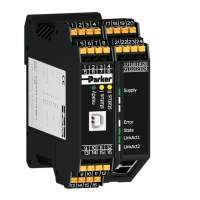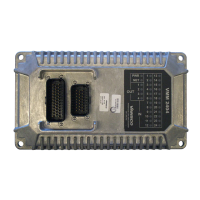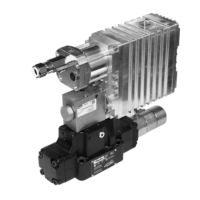The PHD family is powered by a direct battery connection. The display is turned
on by applying power to one of the wake-up inputs or a CAN message, depending
on configuration in software. The direct battery input is protected against vehicle
transients such as load dump and inductive load switching, etc. It is also protected
against reverse battery voltage of -33 V through the use of a high-current path that
will cause an external fuse to blow.
The PHD operates in a 12 V or 24 V system and can operate from 9 V up to 32 V
with over-voltage protection at 33 V.
Direct Battery Input (+VBATT)
Input voltage for normal operation
Minimum cranking voltage (see note 1)
Reverse battery protection (see note 2)
Maximum continuous current (see note 3)
VBATT=13.8 V
VBATT=27.0 V
Sleep mode current draw (12 V)
Note 1: The unit will operate below 9 V, down to 7 V, but the LCD back-lighting may be dim.
Note 2: A reverse battery condition causes an external fuse to blow.
Note 3: This is the maximum expected value, not including the additional draw of the outputs, or
the regulated 5VDC and 12VDC supplies.

